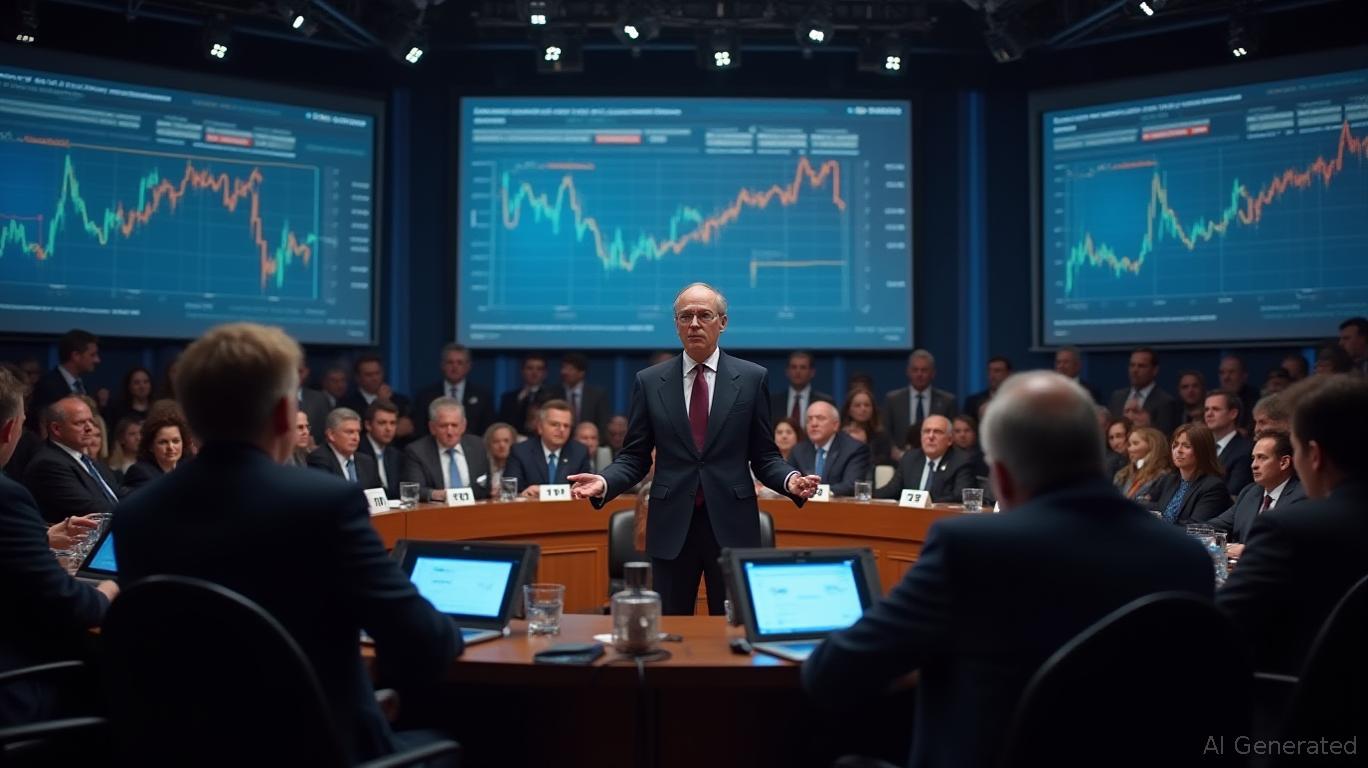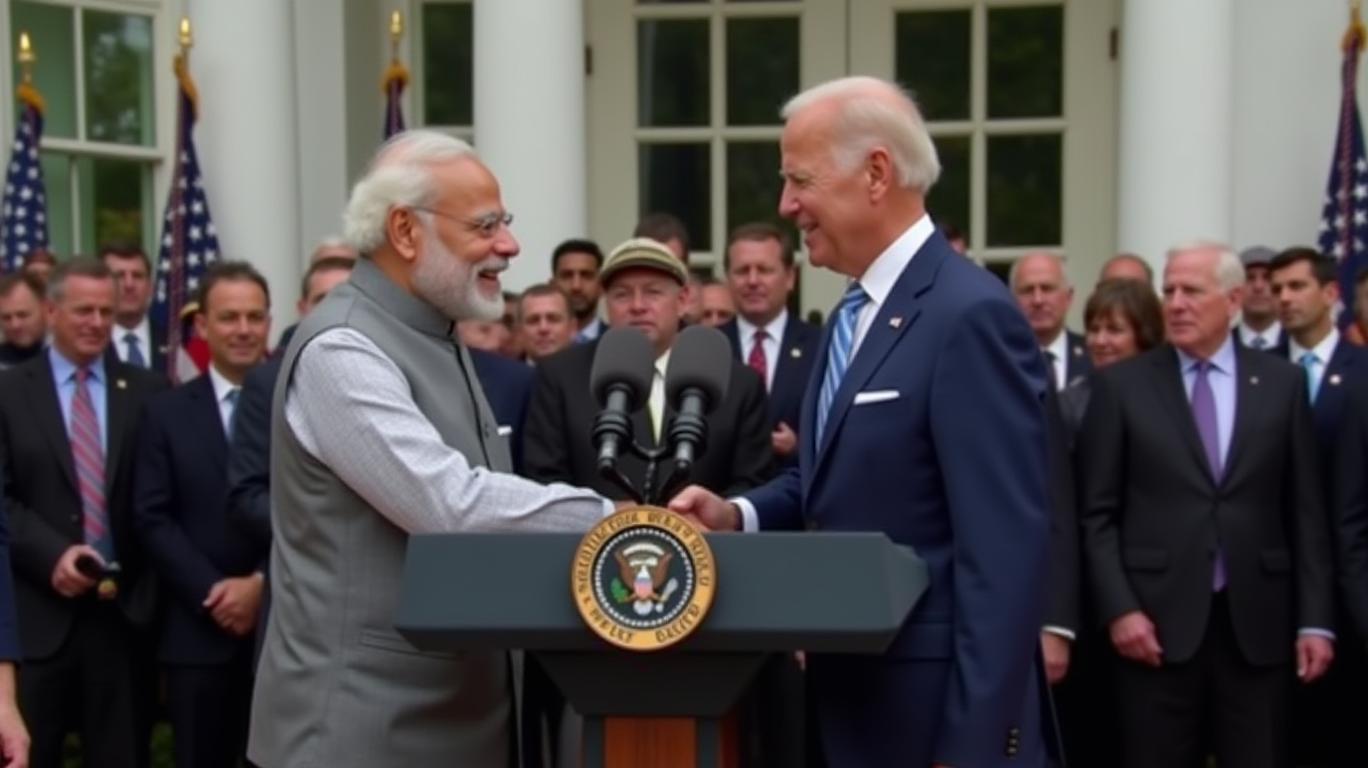IMF Warns of Trade Tensions, Hails India’s Bold Move to Cut Tariffs
The International Monetary Fund (IMF) has issued a stark warning about the risks posed by escalating US-China trade tensions while applauding India’s recent decision to slash tariffs—a move it describes as a “very healthy” step for global economic stability. In its 2025 statements, the IMF emphasized that resolving trade disputes and reducing protectionist measures are critical to avoiding further damage to a fragile global economy.
The US-China Trade Standoff: A Systemic Risk
The IMF’s managing director, Kristalina Georgieva, highlighted the deepening rift between the world’s two largest economies. The U.S. has long accused China of violating intellectual property rights and maintaining opaque non-tariff barriers, while China has pushed for greater U.S. recognition of its economic clout. Georgieva warned that unresolved tensions could derail global growth, with systemic risks stemming from “trade imbalances steering trade tensions.”
The IMF’s April 3, 2025 statement underscored that protectionist policies, such as U.S. tariffs on Chinese goods, risk exacerbating inflation and volatility. “Negative perceptions can affect economic recovery,” Georgieva said, urging policymakers to prioritize cooperation.
Data Query: Show the VIX index from January 2023 to April 2025, highlighting spikes coinciding with U.S.-China trade announcements.
India’s Tariff Cuts: A Beacon of Openness
In contrast to the U.S.-China stalemate, India’s decision to reduce trade barriers—including non-tariff barriers—has been hailed as a model for others. The IMF noted that the move could boost India’s growth prospects while fostering regional integration. “This is a very healthy sign for the economy,” Georgieva said, suggesting it could inspire broader trade agreements in Asia.
India’s actions come as its economy faces headwinds, with GDP growth slowing to 6.1% in 2024 from 7.2% in 2023. Analysts argue that lower tariffs could revive manufacturing and exports, particularly in sectors like automobiles and electronics.

Regional Reactions: ASEAN and the EU
The IMF also pointed to positive developments elsewhere. ASEAN nations are pushing for unified trade strategies, while EU-India talks on a free trade agreement are gaining momentum. Georgieva emphasized that such efforts could counterbalance the risks of U.S.-China protectionism.
The EU’s potential tariff reductions, if realized, could further ease global trade bottlenecks. However, the IMF cautioned that progress hinges on U.S. willingness to de-escalate tensions.
The Investment Implications
The IMF’s warnings and endorsements carry clear signals for investors:
1. Avoid Overexposure to Trade-Sensitive Sectors: Companies reliant on U.S.-China supply chains—such as tech and automotive firms—face risks from prolonged tariffs.
2. Look East: India’s tariff cuts and ASEAN’s integration push make emerging markets like India and Indonesia attractive for manufacturing investments.
3. Monitor Geopolitical Catalysts: A U.S.-China trade deal or breakdown could trigger sharp market swings.
Georgieva’s call for “pro-growth policies” aligns with the IMF’s prediction that global growth could rebound to 3.5% in 2025 if trade tensions ease. Conversely, if they worsen, the IMF warns of a 0.5% GDP hit.
Conclusion: The Path to Stability Lies in Cooperation
The IMF’s analysis paints a clear picture: trade openness and multilateral cooperation are non-negotiable for global economic health. India’s tariff cuts exemplify how proactive policies can foster growth, while U.S.-China tensions remain a wildcard.
Investors should prioritize regions and sectors insulated from trade disputes. For instance, India’s manufacturing sector could benefit from both domestic reforms and ASEAN-EU trade linkages. Meanwhile, the S&P 500’s volatility (as seen in the VIX data) underscores the market’s sensitivity to trade news—a reminder to stay nimble.
As Georgieva stated, “The path to a more cooperative global trade environment remains uncertain.” But with India leading by example, the IMF’s message is clear: now is the time to reduce barriers, not raise them.
Data Query: Compare India’s manufacturing GDP growth with its trade openness index (e.g., imports/exports as % of GDP) from 2020 to 2025.
The stakes are high, but the tools for stability are within reach—if only policymakers will use them.


_442a2dcc1749832873286.jpeg)
_e68fac6d1749831664430.jpeg)






